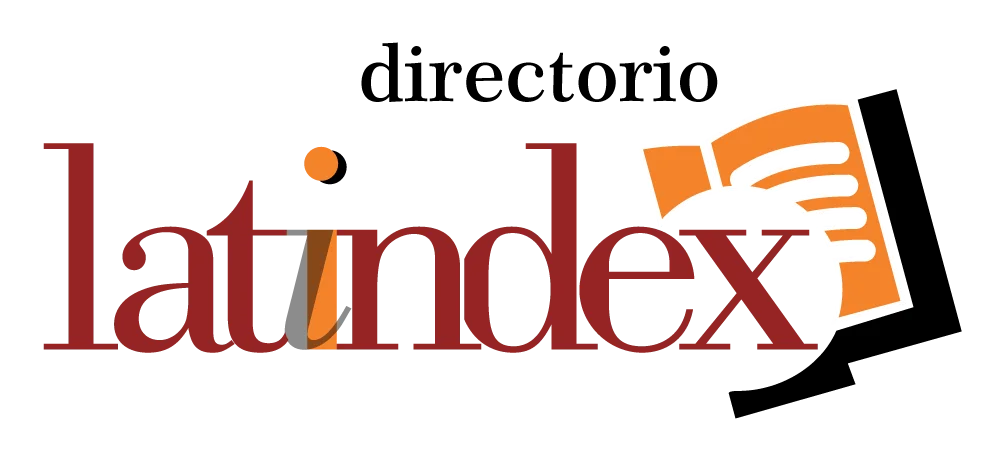Intervention to promote physical activity in children aged 5 to 10 at the Eladio Roldós Barreiro XXI Educational Unit, Santo Domingo, 2024
DOI:
https://doi.org/10.56294/ri2025206Keywords:
Physical activity, healthy habits, school intervention, children, sedentary lifestyleAbstract
The aim of this study was to implement an intervention to promote physical activity in children from 5 to 10 years of age at the Eladio Roldós Barreiro XXI Educational Unit. A quantitative, descriptive and basic purpose study was applied, with a pre-experimental longitudinal design. The sample consisted of 78 children selected intentionally. Two instruments were used: the “Weekly physical activity frequency questionnaire” and the “Perception and barriers to children's physical activity questionnaire”. The results showed that the percentage of children who were not physically active decreased by 54%, while those who exercised between 3 and 6 times a week increased by 38%. There was also a 33% increase in active participation during physical education classes, and a 31% increase in physical activity outside school hours, mainly after school and on weekends. Perceived barriers to exercise decreased by 31%, reflecting greater willingness to engage in movement. It is concluded that the intervention was effective in reducing sedentary lifestyles, improving the frequency and intensity of physical activity and establishing more active habits in students, highlighting the importance of programs adapted to the school level to strengthen children's physical and emotional well-being.
References
1. República del Ecuador. Actividad física y comportamiento sedentario en el Ecuador. Quito: INEC; 2022 [citado 2025 sep 11]. Disponible en: https://www.ecuadorencifras.gob.ec/documentos/webinec/Estadisticas_Sociales/Actividad_fisica/Actividad_Fisica.pdf
2. Alvarado M, Jiménez E. Eficacia del programa “Mi peso me hace feliz” sobre los hábitos alimentarios, la actividad física e IMC en niños de 6 a 11 años de la Institución Educativa Internacional [tesis de licenciatura]. Lima: Universidad Peruana Unión; 2018 [citado 2025 sep 11]. Disponible en: https://repositorio.upeu.edu.pe/server/api/core/bitstreams/62a95a5d-c723-45a4-9177-3a6af8ed0184/content
3. Ayán C. La valoración de la condición física en la educación infantil: principales test de aplicación. Barcelona: Paidotribo; 2017 [citado 2025 sep 11]. Disponible en: https://www.google.com.ec/books/edition/La_valoraci%C3%B3n_de_la_condici%C3%B3n_f%C3%ADsica/pVORDwAAQBAJ
4. Eirín R. [Sin fecha].
5. Gallego J, Alcaraz M. VI Congreso internacional de deporte inclusivo. Almería: Editorial Universidad de Almería; 2018 [citado 2025 sep 11]. Disponible en: https://www.google.com.ec/books/edition/VI_Congreso_internacional_de_deporte_inc/WL9QDwAAQBAJ
6. Gil P. Diseño y desarrollo curricular en educación física y educación infantil. Sevilla: Wanceulen Editorial; 2004 [citado 2025 sep 11]. Disponible en: https://www.google.com.ec/books/edition/Dise%C3%B1o_y_Desarrollo_Curricular_en_Educa/1oYxDwAAQBAJ
7. González S, Pastor J. Más allá de las notas: comprendiendo al alumnado con altas capacidades. Cuenca: Ediciones Morata; 2024.
8. López R. Estrategias lúdicas para motivar la práctica de la actividad física: el ejemplo de los estudiantes del ciclo cuarto. Múnich: GRIN Verlag; 2017 [citado 2025 sep 11]. Disponible en: https://www.google.com.ec/books/edition/Estrategias_l%C3%BAdicas_para_motivar_la_pr/FAr-DQAAQBAJ
9. McLennan N, Thompson J. Educación física de calidad. París: UNESCO Publishing; 2015 [citado 2025 sep 11]. Disponible en: https://www.google.com.ec/books/edition/Educaci%C3%B3n_F%C3%ADsica_de_Calidad/COTvCAAAQBAJ
10. Nemiña E, Rodríguez J, Suelves M. La educación física en la escuela: recursos, experiencias y prácticas innovadoras en educación infantil y primaria. Madrid: Dykinson; 2024 [citado 2025 sep 11]. Disponible en: https://www.google.com.ec/books/edition/La_educaci%C3%B3n_f%C3%ADsica_en_la_escuela_recu/nPj_EAAAQBAJ
11. Ordoñez M. La actividad física y la prevención de la obesidad en los niños de la escuela Miguel Lriofrío número dos; Loja 2014 [tesis]. Loja: Universidad Nacional de Loja, Área de la Educación, el Arte y la Comunicación; 2015 [citado 2025 sep 11]. Disponible en: https://dspace.unl.edu.ec/jspui/bitstream/123456789/16797/1/Tesis%20Final%20Manuel.pdf
12. Organización Mundial de la Salud. Actividad física [Internet]. Ginebra: OMS; 2024 jun 26 [citado 2025 sep 11]. Disponible en: https://www.who.int/es/news-room/fact-sheets/detail/physical-activity
13. Ramírez R, Ruíz K, Correa J. Condición física, nutrición, ejercicio y salud en niños y adolescentes. Bogotá: Editorial Universidad del Rosario; 2016 [citado 2025 sep 11]. Disponible en: https://www.google.com.ec/books/edition/Condici%C3%B3n_f%C3%ADsica_nutrici%C3%B3n_ejercicio/Vl0yDwAAQBAJ
14. Reyes E. Actividad física, mental y salud dentro y fuera de los centros educativos. Madrid: Asociación Procompal; 2022 [citado 2025 sep 11]. Disponible en: https://www.google.com.ec/books/edition/Actividad_f%C3%ADsica_mental_y_salud_dentro/gFx9EAA
15. AQBAJ
16. Torres Luque G, Hernández García R. Etapa infantil y motricidad. Sevilla: Wanceulen Editorial; 2019 [citado 2025 sep 11]. Disponible en: https://www.google.com.ec/books/edition/Etapa_Infantil_y_Motricidad/dJ2hDwAAQBAJ
17. Unidad Educativa Eladio Roldós Barreiro. InfoEscuelas Ecuador. Quito: Ministerio de Educación del Ecuador; 2017 jul 18.
Published
Issue
Section
License
Copyright (c) 2025 Ruth Elizabeth Calderón Landívar, Valeria Denisse Granda Moreira, Angie Nicole Bonilla Mora, Jenrry Fredy Chávez-Arizala (Author)

This work is licensed under a Creative Commons Attribution 4.0 International License.
The article is distributed under the Creative Commons Attribution 4.0 License. Unless otherwise stated, associated published material is distributed under the same licence.





